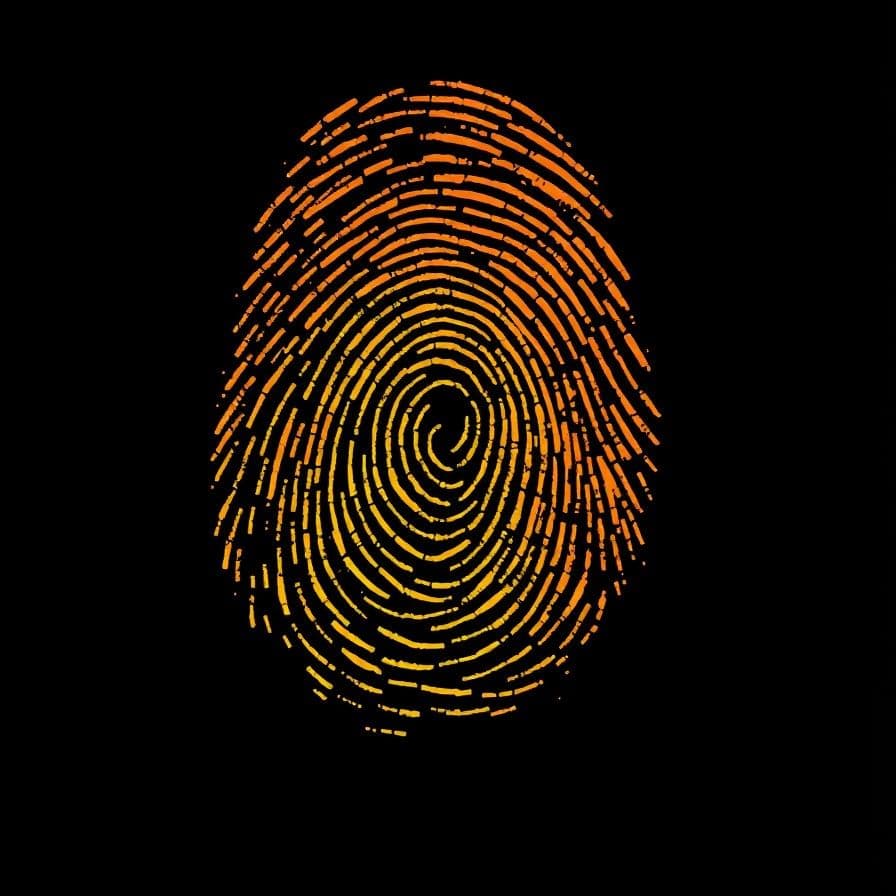
Totems, idols and urban relics
Last entry 30 minutes before closing
August 10 – September 3, 2025 | Vernissage: August 10 at 19:00h
Finissage: September 3 at 19:00h
Fragments of Humanity unites seven visionary international artists in a profound exploration of what it means to be human. Through diverse mediums and perspectives, these artists delve into the myriad facets of our existence – from ancient echoes to future evolutions, personal liberation to societal critiques.
Champions the emancipation of women, using her own body and experience as a totemic presence through which she confronts and dismantles oppressive societal structures. In the spirit of Fragments of Humanity, her work becomes both personal relic and collective call—born from the wreckage of a life once dictated by servitude, silence, and disconnection. From this place of rupture, she reconstructs identity through painting and sculpture, forging new symbols of strength, empathy, and resistance. Her women—repeated, raw, and resolute—embody a defiant reclamation of selfhood beyond imposed roles and aesthetic norms.
A transhuman entity and visual provocateur, creates bold, satirical work that fuses pop culture, digital art, sculpture, and political commentary into a charged collision of rebellion and spectacle. His art dismantles the modern idols of consumerism, authority, and technological obsession, exposing the chaos and contradiction beneath the surface of contemporary life. Positioned within Fragments of Humanity, TROY’s creations act as both relic and rupture—symbols of a culture in flux and critique made tangible. Through glitch aesthetics, neon excess, and biting symbolism, his work challenges perception, demands reaction, and leaves behind a lingering sense of disruption that mirrors the fractured realities we inhabit.
Invites us to transcend conventions, offering a profound critique of the fusion between human and machine in the digital age. Within his imagined "electroctopus" world, the boundaries between biology and circuitry blur, revealing a future in which humanity is transmuted by the very synthetic systems it creates. Through this lens, his work reflects the evolving condition of the self—fragmented, augmented, and redefined by technology. Positioned within Fragments of Humanity, Netto’s vision becomes a speculative relic of tomorrow: a glimpse into what we might become when emotion, identity, and flesh are reshaped by the artificial worlds we build.
Merges traditional craftsmanship with contemporary abstraction, transforming natural wood into fluid, emotive forms that evoke both the human figure and the organic world. He blends instinct and precision to create pieces that speak to inner landscapes as much as physical ones. His works serve as tactile relics—bridging nature, memory, and identity—where raw material meets refined gesture. Positioned within Fragments of Humanity, Rangel’s sculptures reflect a profound search for balance between structure and sensitivity, tradition and innovation, permanence and transformation.
Creates work rooted in a deep spiritual connection to land, memory, and human legacy. Influenced by early experiences with Aboriginal cave paintings in the Grampians—ancient visual narratives etched into stone—he draws on this ancestral language to explore universal themes of morality, belief, and identity. His art confronts the enduring “sins of humanity” through bold, symbolic compositions that reflect both personal introspection and shared human struggle. Bridging the primal and the contemporary, his work functions as a modern-day relic—charged with emotion, layered with meaning, and shaped by the timeless need to seek, question, and transcend.
Explores the fragmented ways in which we construct reality, using photography to examine how visual cues—abstracted, layered, or fleeting—shape our perception of the world around us. Working entirely in-camera, printed full frame, without cropping, her images blur the line between documentation and abstraction, evoking scenes that feel both familiar and unknown. In the context of Fragments of Humanity, Jordan’s work acts as a perceptual relic—quiet, meditative, and unsettling in its ambiguity. Her photographs capture the tension between what is seen and what is understood, inviting viewers to consider the complexities of observation itself, and the emotional undercurrents that exist within moments of stillness, distortion, and transformation.
Layered mixed-media paintings evoke a sense of timeworn relics—fragments of urban and cultural memory marked by scratches, cracks, and faded graffiti. Rejecting traditional constraints, Remaut embraces a deeply personal, intuitive process of building and reworking surfaces that capture the flux of emotion, environment, and unconscious reflection. His works become textured totems of modern life’s impermanence, embodying the exhibition’s theme by embodying the residual traces of humanity etched into material form—raw, resilient, and continuously evolving. Through this, Remaut connects us to both the physical and ephemeral marks we leave behind, blurring the line between history, memory, and contemporary experience.
"This exhibition does not seek a singular definition of what it means to be human, but instead offers a field of reflection—where material, form, and concept intersect to articulate the tensions and possibilities of contemporary life. Rather than offering answers, these works lean into ambiguity. They ask what remnants we leave behind, what structures we carry with us, and what new forms might emerge from the fragments of humanity. — Luc Levez, Xochi Art Gallery"
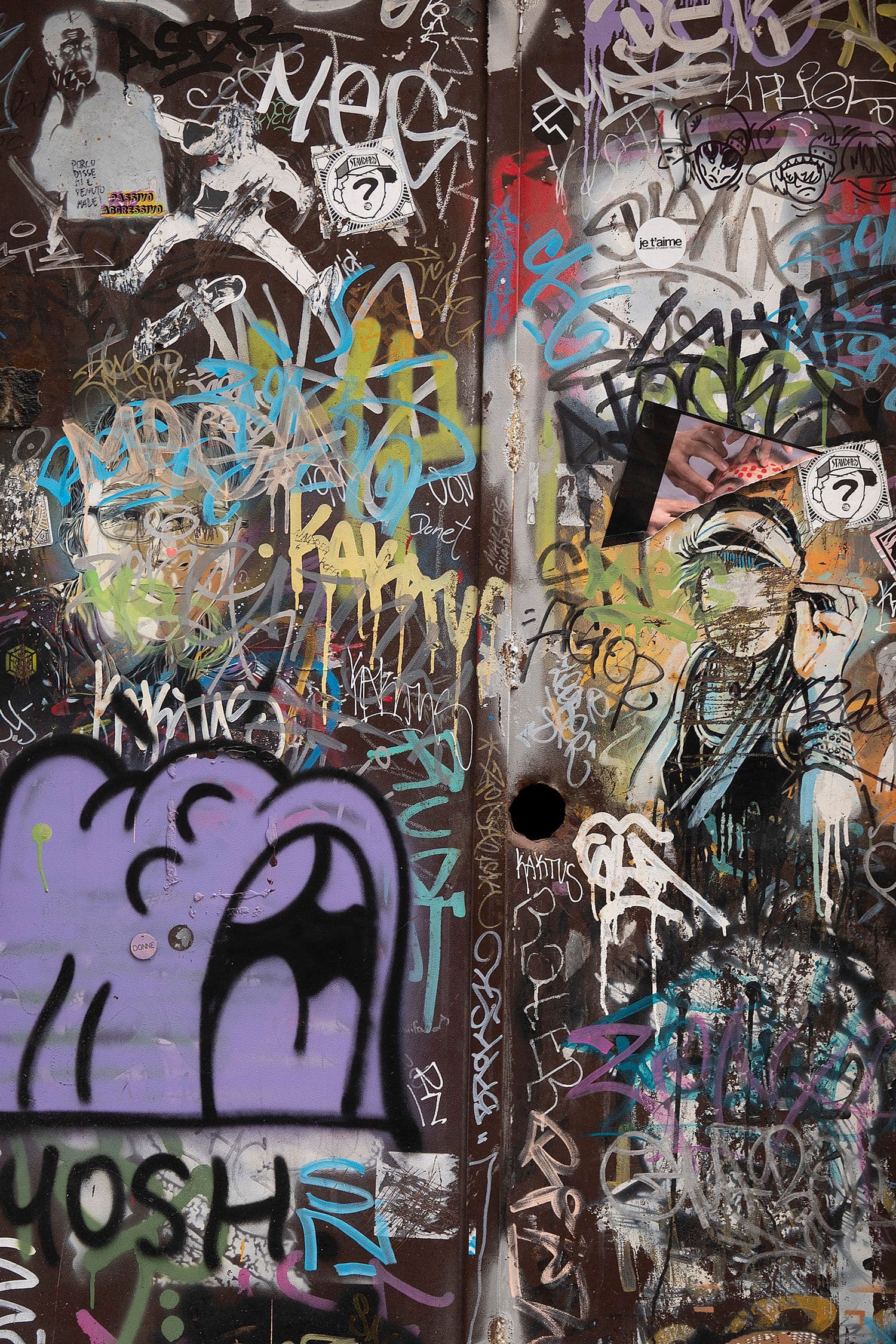
Karen Jordan
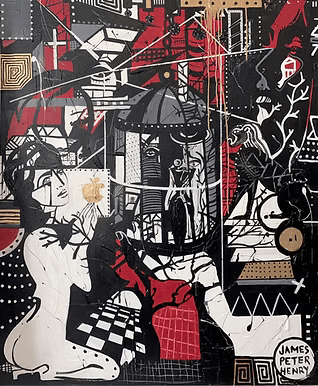
James Peter Henry
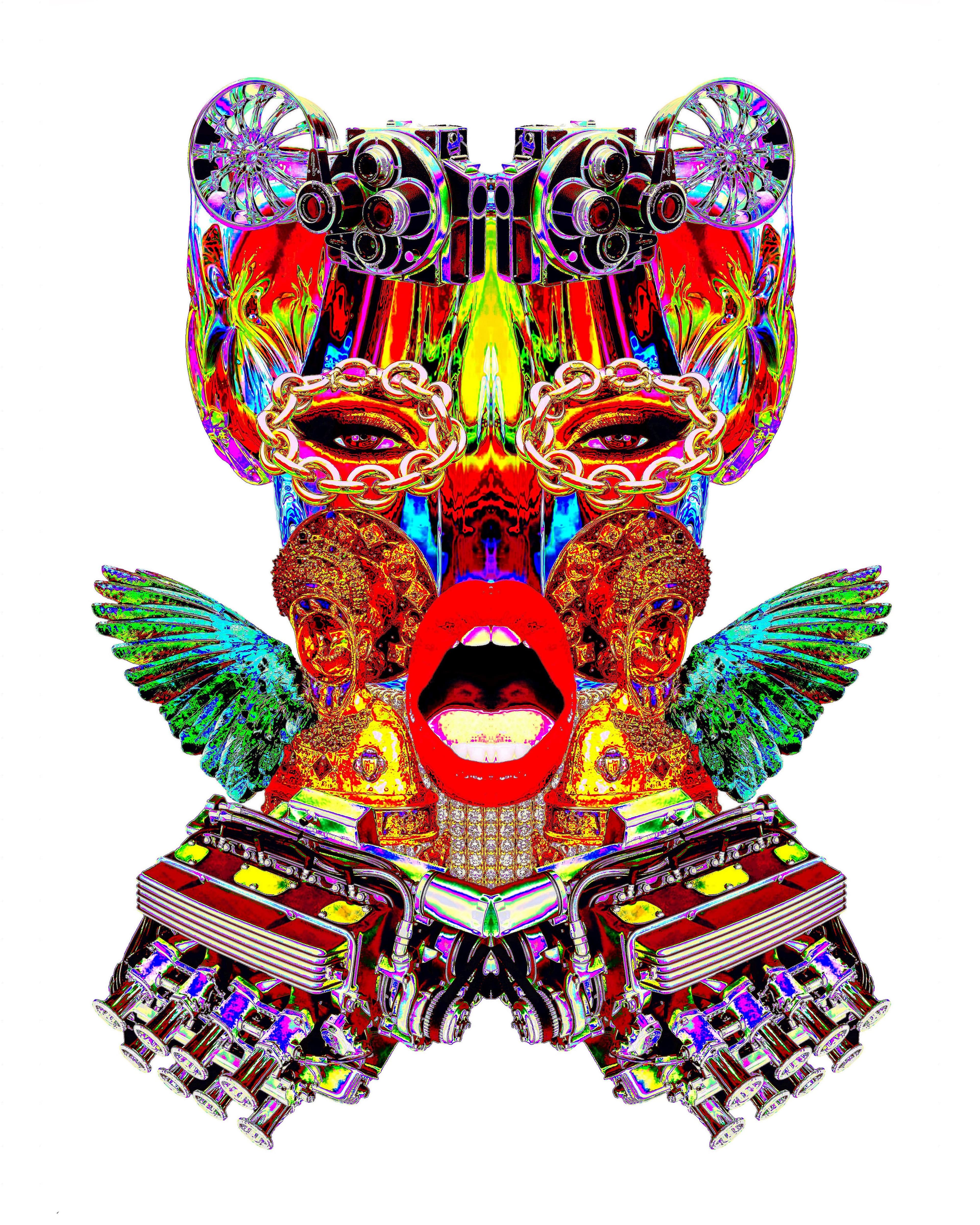
TROY
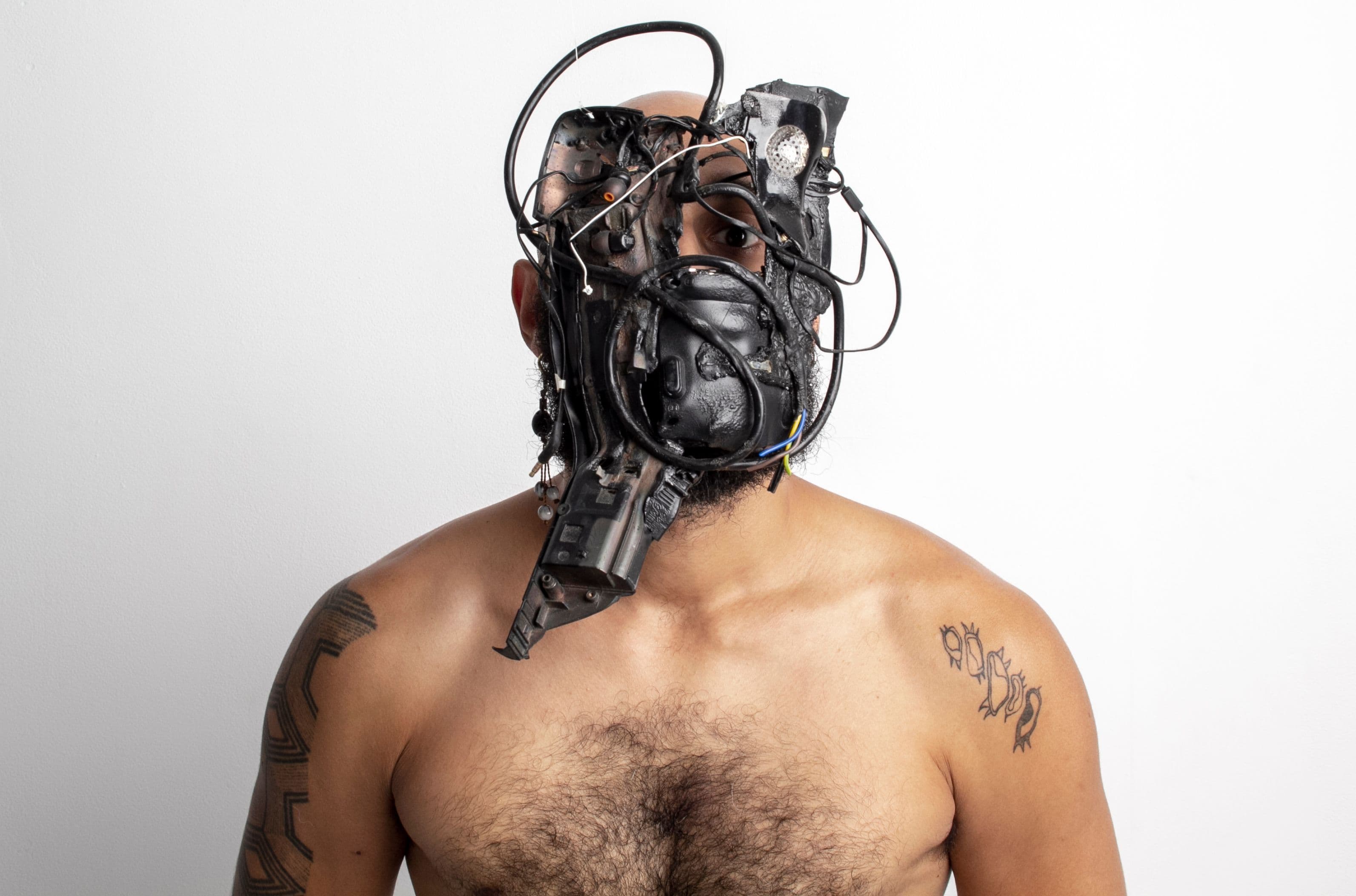
Henrique Netto

Eduardo Rangel

Bel Mur